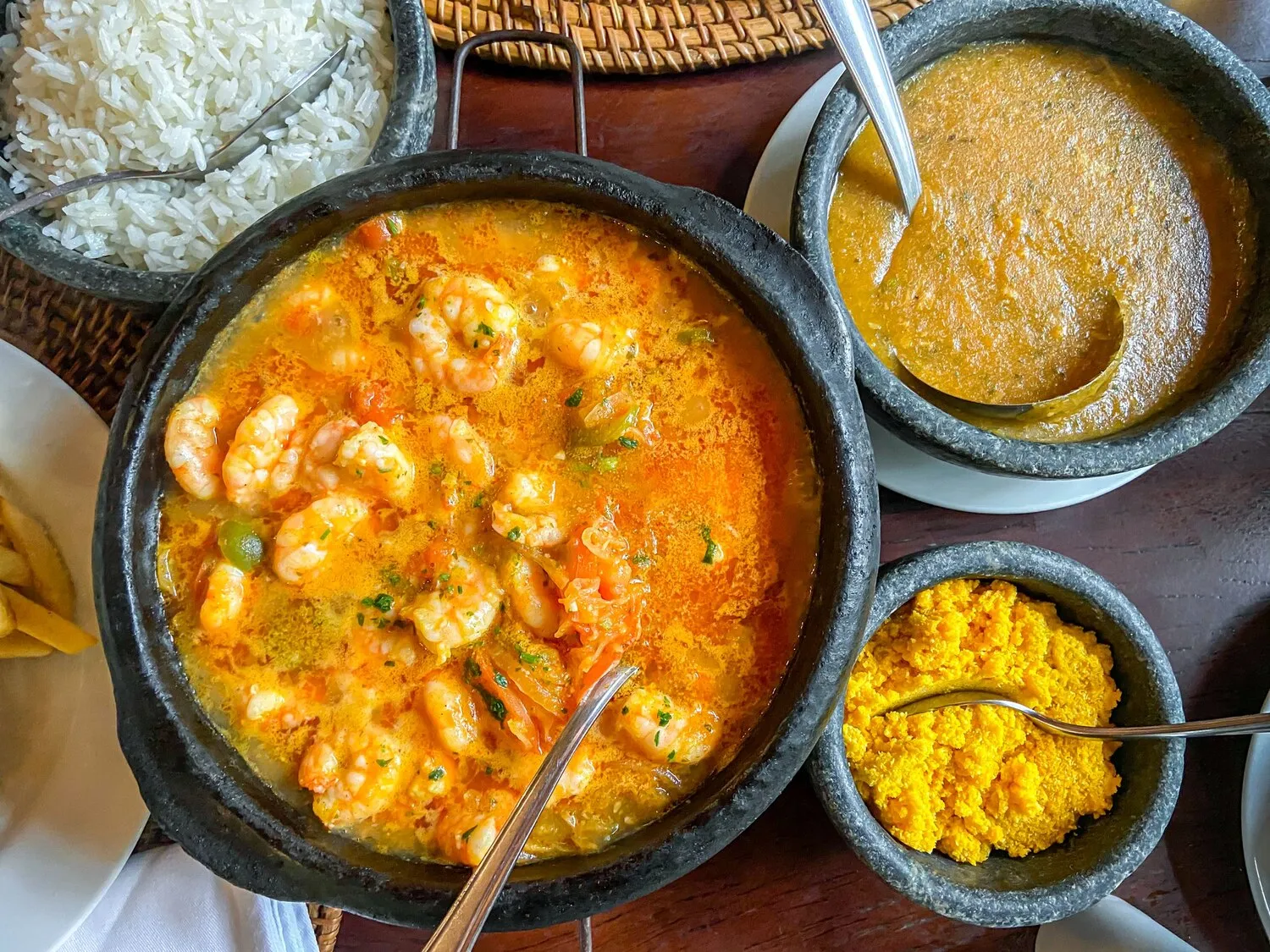
Carbonade Flamande
A traditional Belgian beef stew, slow-cooked in beer with onions and spices.
Nutrition Facts
* The % Daily Value (DV) tells you how much a nutrient in a serving of food contributes to a daily diet. 2,000 calories a day is used for general nutrition advice.
Carbonade Flamande, like many traditional stews, likely originated as a peasant dish, utilizing tougher cuts of beef that were tenderized through long, slow cooking. Beer has been a staple in Belgian cuisine for centuries, and its incorporation into savory dishes like Carbonade is a natural extension of its culinary use.
Carbonade Flamande is a deeply ingrained part of Belgian culinary culture, often served in traditional restaurants and brasseries. It represents a sense of comfort, tradition, and national pride.
Regional Variations
While the core ingredients remain consistent, regional variations exist in the type of beer used and the specific spices added. Some regions might favor a sweeter beer, while others prefer a more bitter profile.
Celebratory Meal
Carbonade Flamande is often enjoyed as a hearty and satisfying meal during colder months and is a popular dish for family gatherings and celebrations.
Frites and Beer Pairing
It is commonly served with 'frites' (Belgian fries) and, of course, a matching Belgian beer, completing the classic Belgian culinary experience.
Carbonade Flamande offers a rich and complex flavor profile, balancing the savory depth of beef with the subtle sweetness and bitterness of Belgian beer, and the aromatic notes of onions and spices.
The dominant flavors are the deep, savory taste of browned beef, infused with the malty notes of Belgian beer, typically a dark ale like a Dubbel or brown ale. Onions provide a sweet and pungent base, while spices like thyme, bay leaf, and mustard contribute warmth and complexity. Brown sugar or bread (often gingerbread) is sometimes added for a touch of sweetness and to thicken the sauce.
Beer Selection
Choosing the right beer is crucial. Opt for a Belgian Dubbel, Brown Ale, or similar dark ale with malty and slightly sweet notes. Avoid beers that are too hoppy, as the bitterness can become overpowering during the long cooking process.
Beef Preparation
Use a tough cut of beef, such as chuck or shoulder, which will become tender during the slow cooking process. Properly browning the beef before adding the other ingredients is essential for developing deep, rich flavors.
Slow Cooking
Patience is key. The stew should be cooked slowly over low heat for several hours, allowing the flavors to meld together and the beef to become incredibly tender. A slow cooker or Dutch oven is ideal for this purpose.
Thickening the Sauce
To thicken the sauce, consider adding a slice of gingerbread or a spoonful of mustard towards the end of cooking. Alternatively, a cornstarch slurry can be used sparingly.
Explore additional Stew dishes and restaurants
Explore StewDiscover top dining spots and culinary experiences in Maastricht.
Explore MaastrichtLearn more about the food culture, restaurant scene, and culinary heritage of Netherlands.
Explore Netherlands